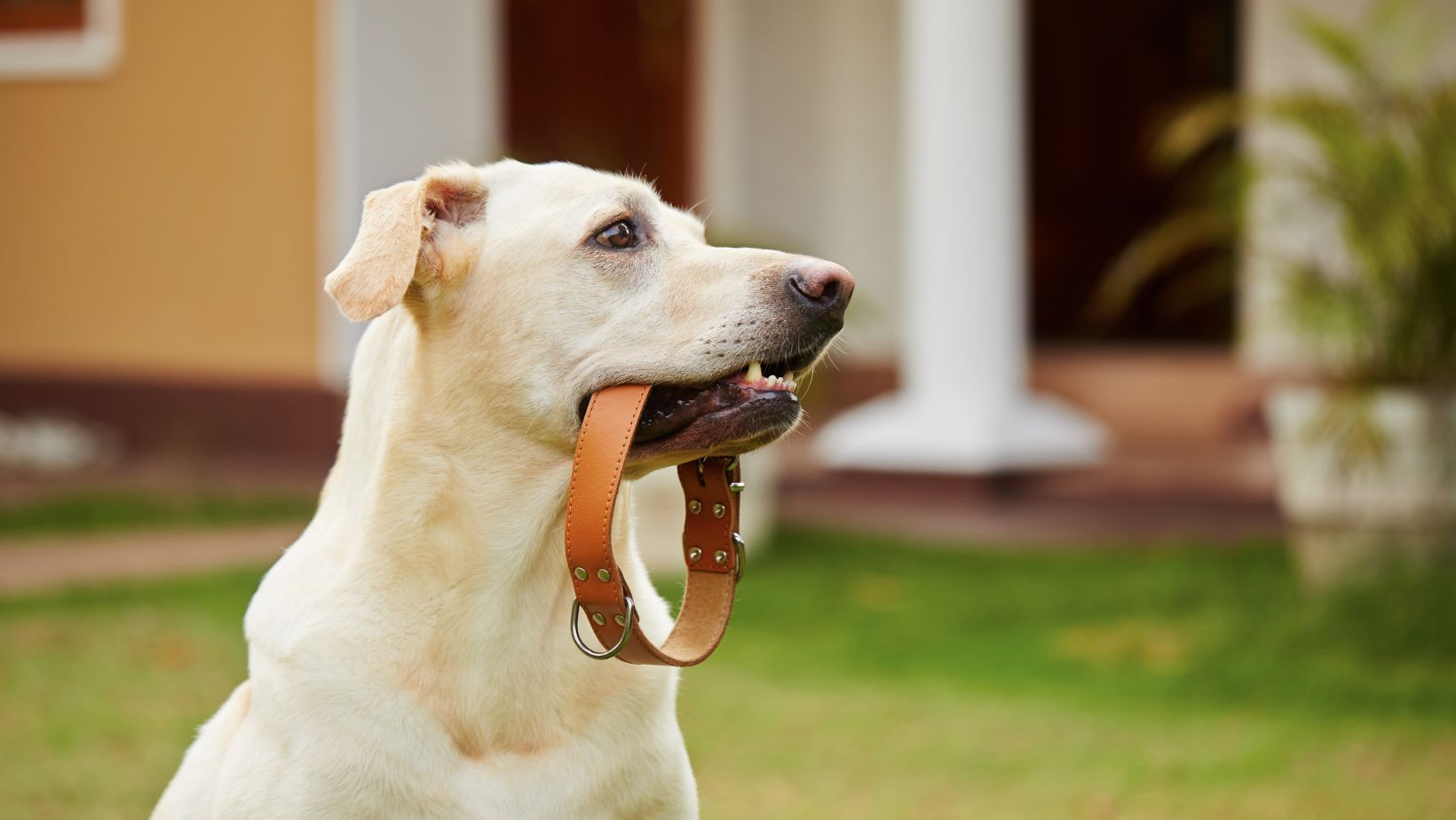How to Train My Puppy to Walk on a Leash
When it comes to training my Labrador puppy to walk on a leash, I found that consistency and patience are key. Teaching them the proper leash manners is essential for their safety and our enjoyable walks together. In this article, I’ll share some tips and techniques that have worked well for me in training my Labrador to walk on a leash.
Firstly, it’s important to start leash training early, ideally when your Labrador is still a young puppy. This allows them to become familiar with the sensation of wearing a collar and being attached to a leash. Begin by introducing the collar gradually, allowing them to wear it for short periods of time while providing positive reinforcement in the form of treats or praise.
Next, introduce the leash slowly by attaching it to the collar while indoors or in a controlled environment. Let your puppy explore freely while you hold onto the other end of the leash loosely. This helps them get used to the feeling of having tension on the leash without feeling restricted or overwhelmed.
Once your Labrador is comfortable with wearing the collar and being attached to the leash indoors, it’s time to take things outside. Start in a quiet area with few distractions so that your puppy can focus better. Maintain a relaxed grip on the leash as you begin walking together, encouraging your pup with praise and rewards whenever they walk beside you calmly.
Remember that every dog learns at their own pace, so be patient and consistent throughout this process. Gradually increase both the duration and distance of your walks as your Labrador becomes more comfortable and responsive on the leash.
By following these tips and dedicating time each day for practice sessions, you’ll soon find that walking on a leash becomes an enjoyable experience for both you and your Labrador companion.
Teaching your Puppy to Follow You on a Leash
When it comes to teaching your Labrador puppy to walk calmly on a leash, consistency and patience are key. Start by introducing the leash gradually, allowing your puppy to sniff and explore it in a positive environment. Once your puppy is comfortable with the leash, attach it and begin practising short walks indoors or in a secure outdoor area.
During these initial walks, encourage your puppy to stay close by using gentle verbal cues such as “heel” or “let’s go.” It’s important not to pull or yank on the leash but rather use light pressure and guidance. Reward your puppy with treats and praise when they walk calmly beside you without pulling or tugging.
To further reinforce positive behaviours, consider incorporating clicker training into your leash training routine. This technique involves using a clicker device that makes a distinct sound followed by rewarding your puppy for desired behaviour. By associating the sound of the clicker with rewards, you can communicate clear expectations to your Labrador during leash training sessions.
Gradually Increasing Walking Distances and Durations
Once your Labrador puppy has mastered walking calmly on a leash in controlled environments, it’s time to gradually increase the walking distances and durations. Start by adding a few extra minutes to your walks each day, allowing your puppy to explore their surroundings while maintaining good leash manners.
Here are some effective methods that have worked for me:
- Start with a comfortable harness: A well-fitted harness can give your puppy more freedom of movement and reduce the risk of injury or discomfort. It’s important to choose one specifically designed for puppies or small breeds like Labradors.
- Introduce the leash gradually: Before attaching the leash, allow your puppy to sniff and explore it while praising and rewarding them with treats. This helps create a positive association with the leash.
- Use treats as motivation: Keep some small, soft, and tasty treats handy during your walking sessions. Reward your puppy whenever they exhibit desirable behaviors such as walking calmly beside you or responding to gentle tugs on the leash.
- Practice in a controlled environment: Begin training in a familiar and distraction-free space like your backyard before venturing out into more stimulating environments. This allows your puppy to focus on learning without being overwhelmed.
- Start with short walks: Initially, keep your walks short and gradually increase their duration over time as your puppy becomes more comfortable and accustomed to walking on a leash.
- Be patient and consistent: Training takes time, so be patient with your puppy’s progress. Consistency is key – ensure that everyone involved in handling the leash follows the same techniques and reinforces positive behaviour consistently.
Remember, every dog is unique, so it’s essential to adapt these techniques based on what works best for your Labrador puppy’s personality and temperament. Stay positive, celebrate small victories along the way, and enjoy this journey of bonding with your furry friend!
